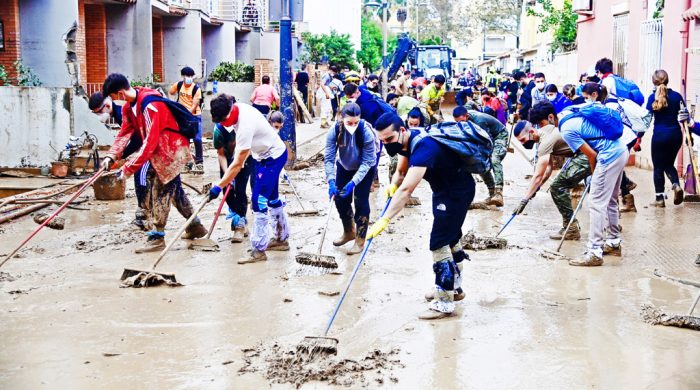SM Sultan’s 29th death anniv today

- Update Time : Tuesday, October 10, 2023
- 46 Time View

Today is the 29th anniversary of the death of renowned artist SM Sultan.
Different organisations, including Bangladesh Shilpakala Academy, SM Sultan Foundation and Narail district administration will pay tribute to SM Sultan organising daylong programmes at different venues in Narail’s Sultan Smriti Sangrahasala, Shishu Swarga and Zila Shilpakala Academy.
Born on August 10, 1923 in Masimdia, Narail, SM Sultan dropped out of school at an early age due to financial constraints.
He found interest in drawing and painting at his early age.
Patronised by Dhirendra Nath Roy, an art-loving zamindar of Sultan’s village, he went to study art at Kolkata Government Art College, but left halfway in 1943.
Sultan began to work as a freelance painter of portraits and landscapes in Kolkata, where Hasan Shaheed Suhrawardy, the elder brother of politician Huseyn Shaheed Suhrawardy, gave Sultan shelter and mentored him until he went out on a tour across the subcontinent.
Sultan was deeply influenced by the Khaksar Movement in 1943 and it was by joining this movement that he was said to have developed a holistic approach to life. His lifelong affection for all things living also developed at this time.
Known for his nomadic lifestyle, Sultan portrayed the rural man and woman in his visionary canvass.
What is extraordinary about his paintings is the muscular depiction of the peasants and rural working men and women.
While still in his twenties, Sultan’s works were shown in Simla of India in 1946 and in Lahore and Karachi in 1948–49.
Exhibitions of his works were held in New York, Boston, Michigan University and London in 1959, long before the first exhibition of his paintings was held at Bangladesh Shilpakala Academy in 1976.
Honoured by Cambridge University as the Man of Asia in 1982, SM Sultan was conferred with all major civil awards of Bangladesh.
He received the Ekushey Padak in 1982, the Bangladesh Charu Shilpi Sangsad Award in 1986 and the Independence Award in 1993.
SM Sultan passed away on October 10, 1994.

























